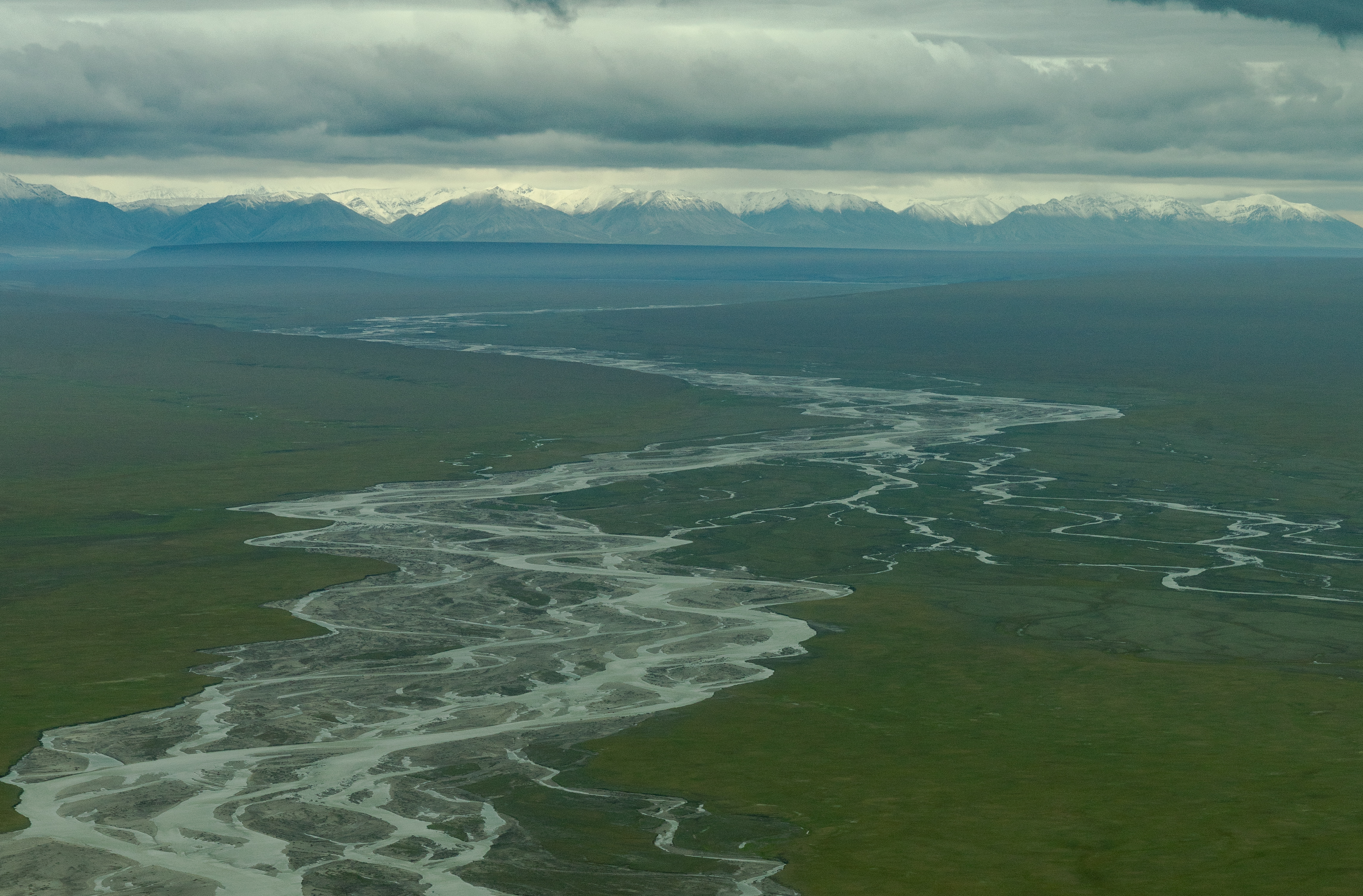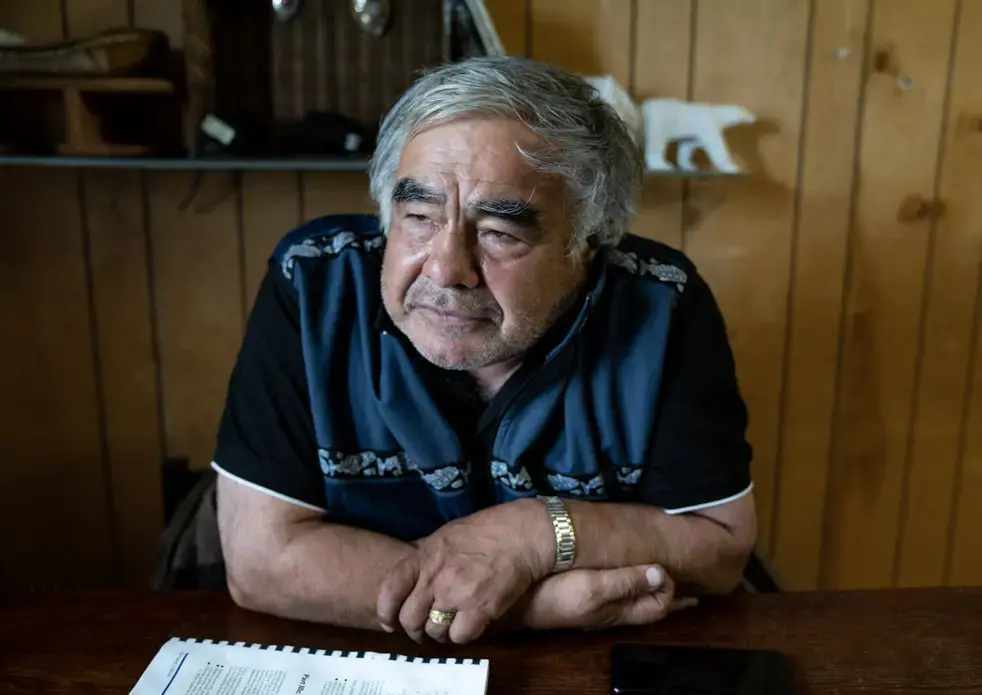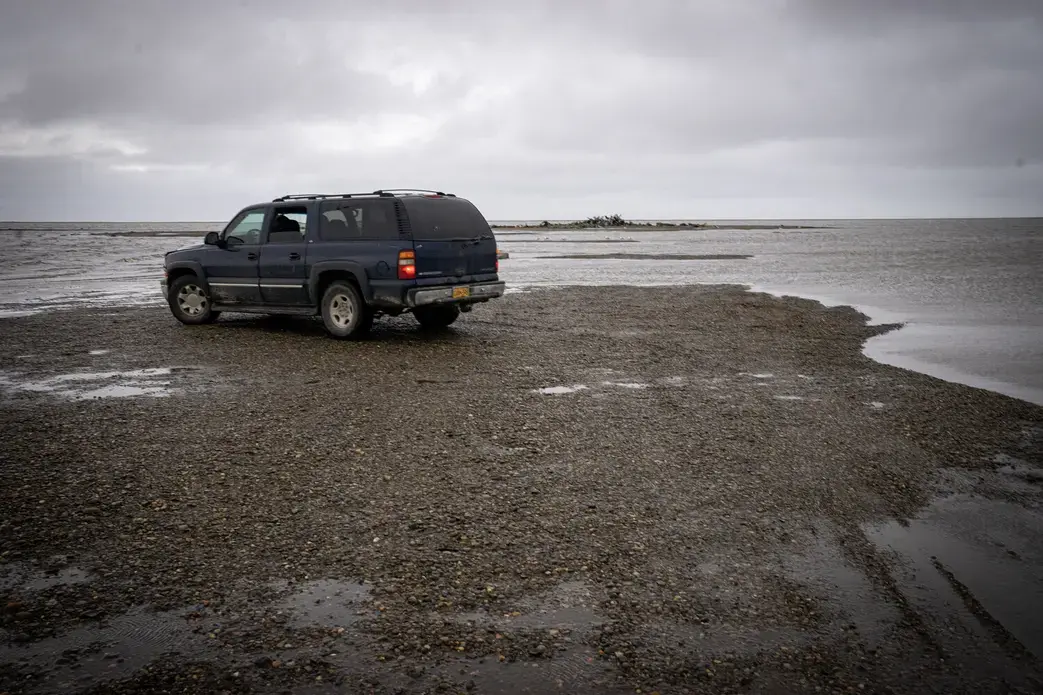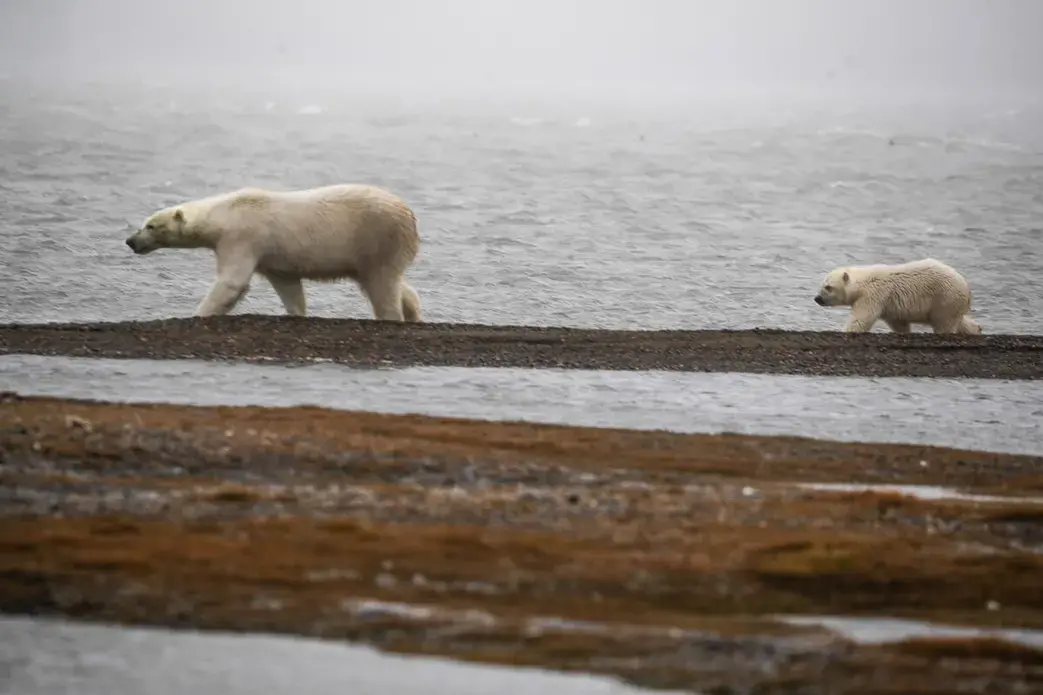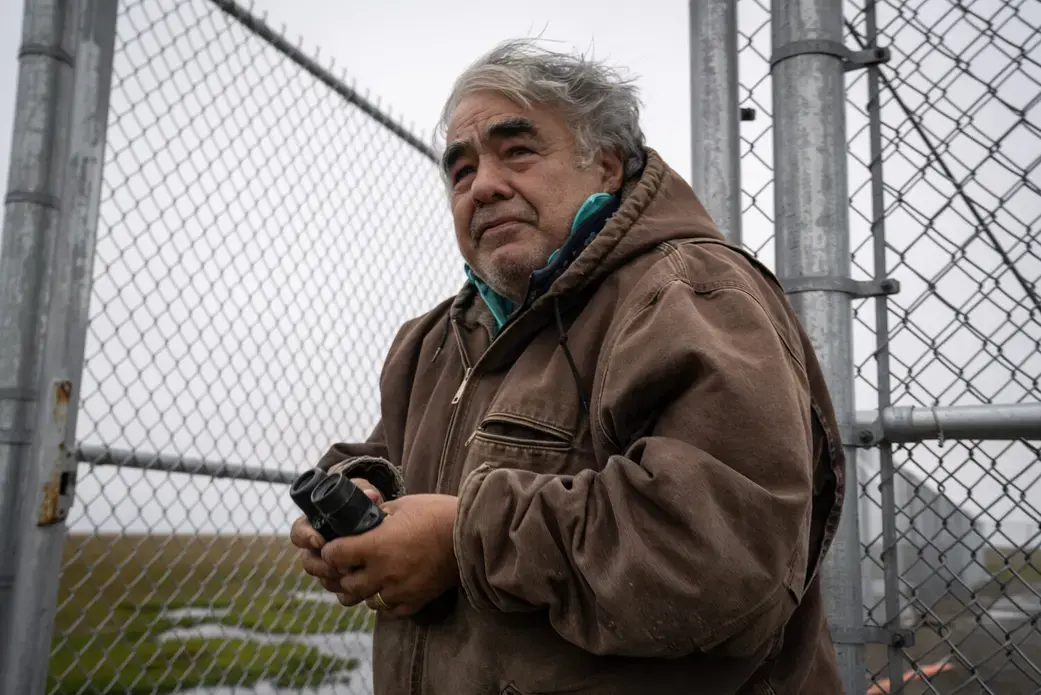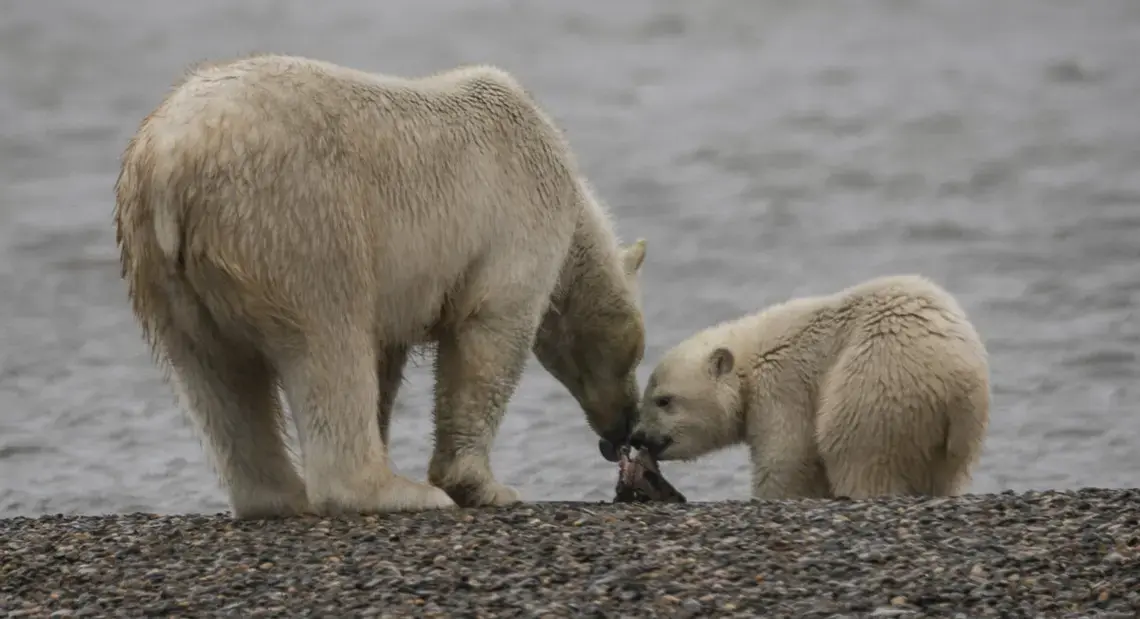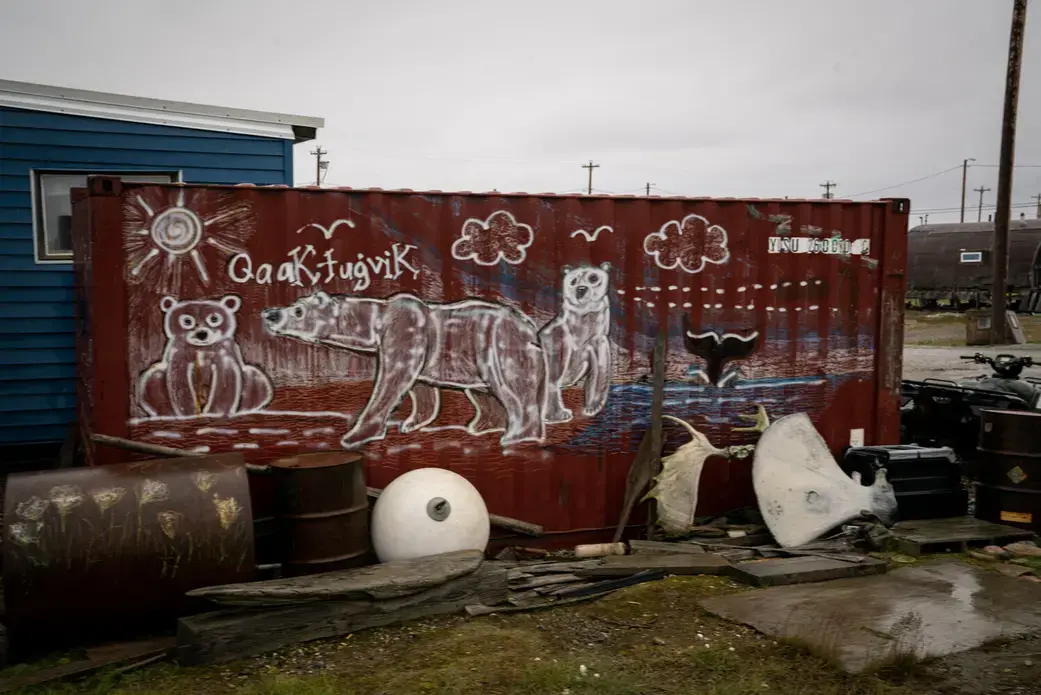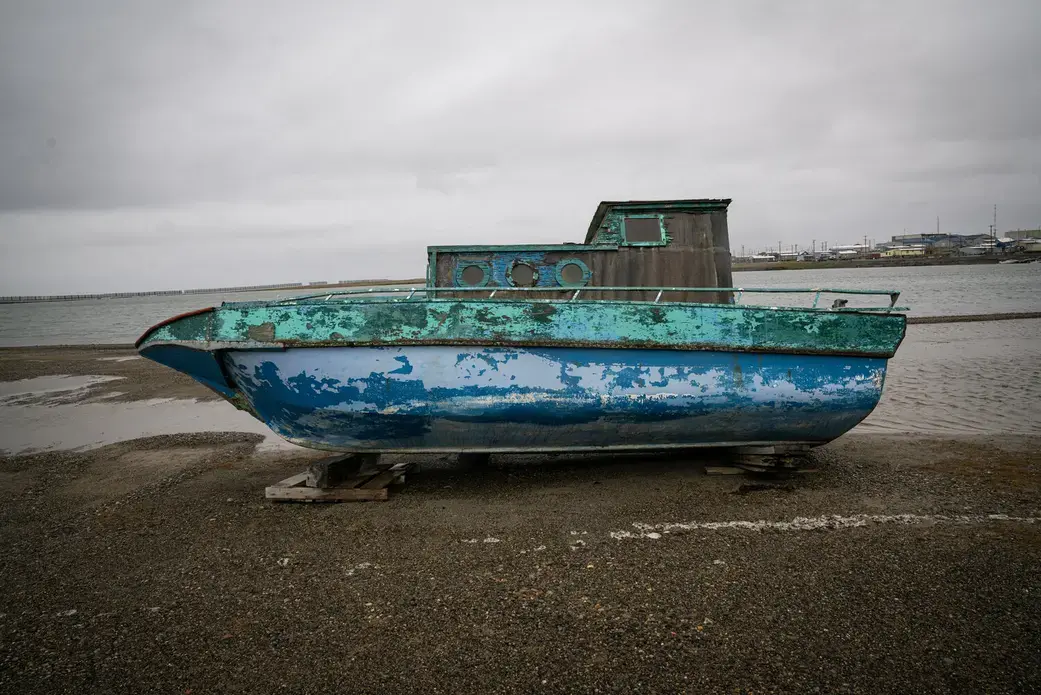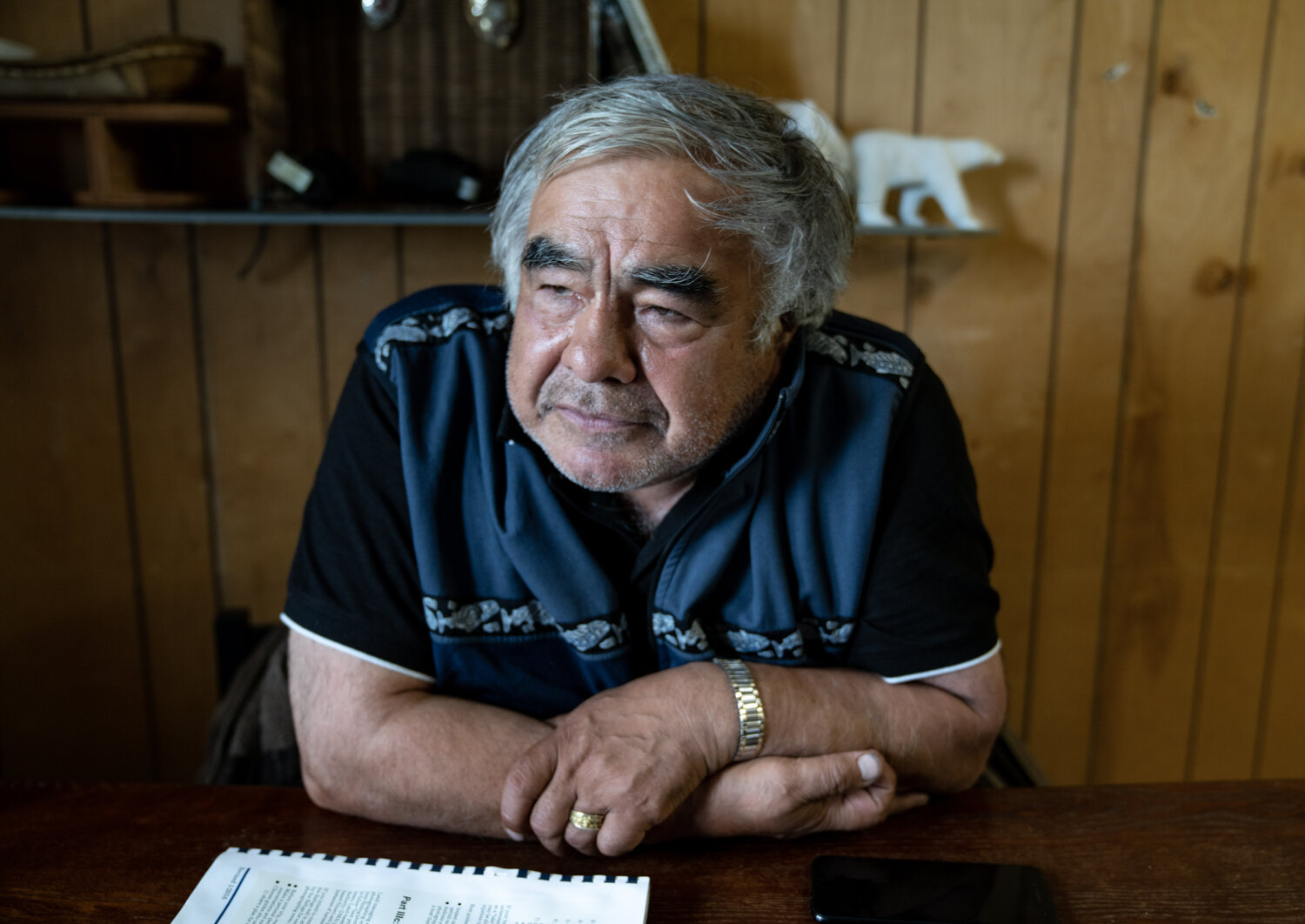
We continue our reporting from Kaktovik, Alaska—the only town within the Arctic National Wildlife Refuge—to find out how the conflict over drilling for oil in the refuge feels to the people who live there. The more we listened, the more we realized: the heart of the issue isn’t just over oil extraction and development, wilderness and wildlife. Whatever side people took, their focus is on their community, sovereignty, and survival.
LEARN MORE
POLAR BEARS
As climate change decreases sea ice habitat for polar bears, the animals are spending more time on land, near human settlements looking for alternative food supplies. It means there’s been an influx of bears in places like Kaktovik, Alaska—as well as an influx of tourists who frequent the place to see them.
This means a swathe of new difficulties for conservation and the local community. The U.S. Fish and Wildlife Service outlines some of these challenges, and some potential solutions, in their 2016 Polar Bear Conservation Management Plan. They also have a Q and A that outlines the plan and its findings as well as a list of guidelines and best practices as part of their polar bear viewing website.
Climate pressure on polar bears is compounded by oil and gas development in the same habitat where bears den and raise their young, an issue that has come to the forefront in the struggle over drilling in the Arctic National Wildlife Refuge.
Polar bear expert Andrew Derocher answers some big-picture questions on what drilling might mean for the bears of ANWR here. He and his colleagues have written extensively on the topic.
The Union of Concerned Scientists have also expressed concern about the polar bears of the refuge, and what the seismic exploration associated with oil development might mean for them long-term.
DRILLING: THEN AND NOW
We talked a lot in this episode about how oil and gas development actually works, and what it does to the landscapes on which it occurs. For a more visual look at what it’s meant in the past, visit the New York Times’ recent story on what remains from the brief period in the 1980s when exploration was allowed in the refuge.
For details on what it might mean this time around, we recommend going to the final environmental impact statement. There you can find, in detail, some of the projected effects of developing the 1002 area, including the nuances of the 2,000 acre limit. Arctic Today has also written on the projected realities of acreage limitations in these kinds of projects.
CARIBOU
Caribou touch many lives in and around the Arctic National Wildlife Refuge. As the Porcupine caribou herd migrates through its range, the animals play a role in ecology, human culture, and subsistence living. Because those they use the 1002 area as their calving ground, they have become one of the key considerations in the unfolding debate over drilling.
FROM THE ARCHIVES
The March 2019 subcommittee hearing featuring Alaska’s U.S. House Representative Don Young can be accessed in full here.


